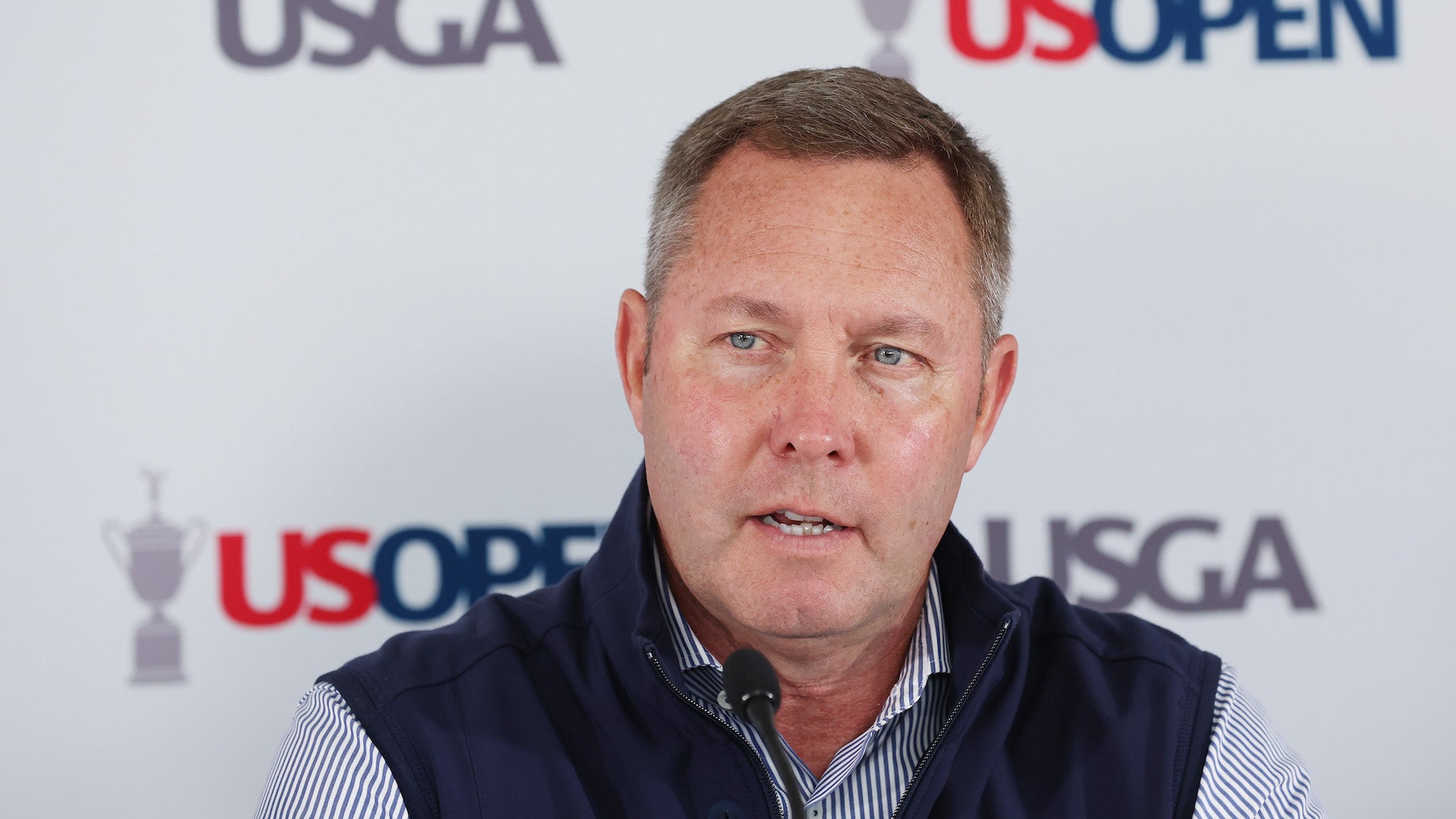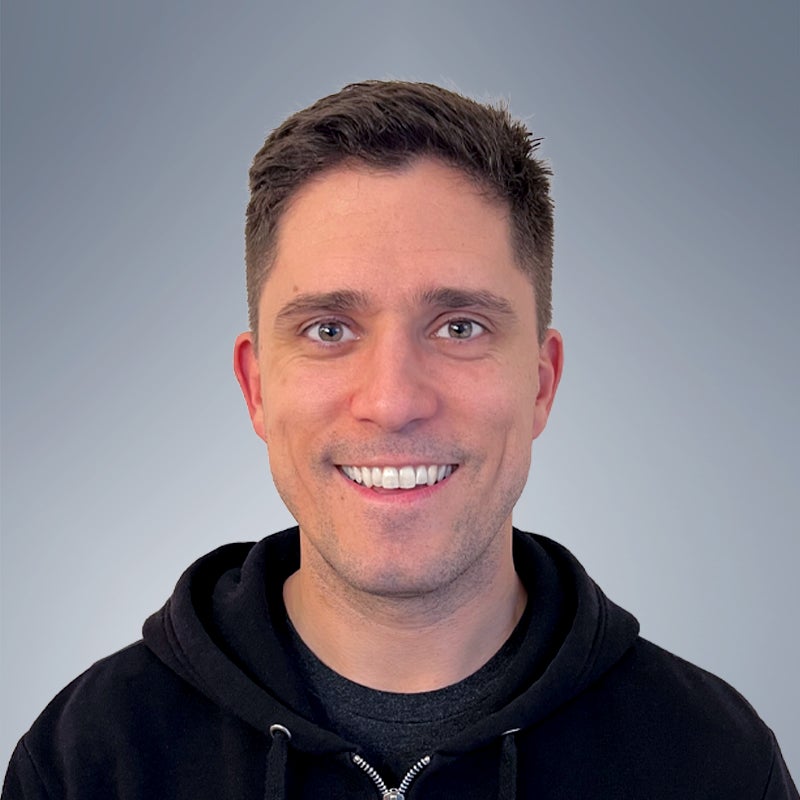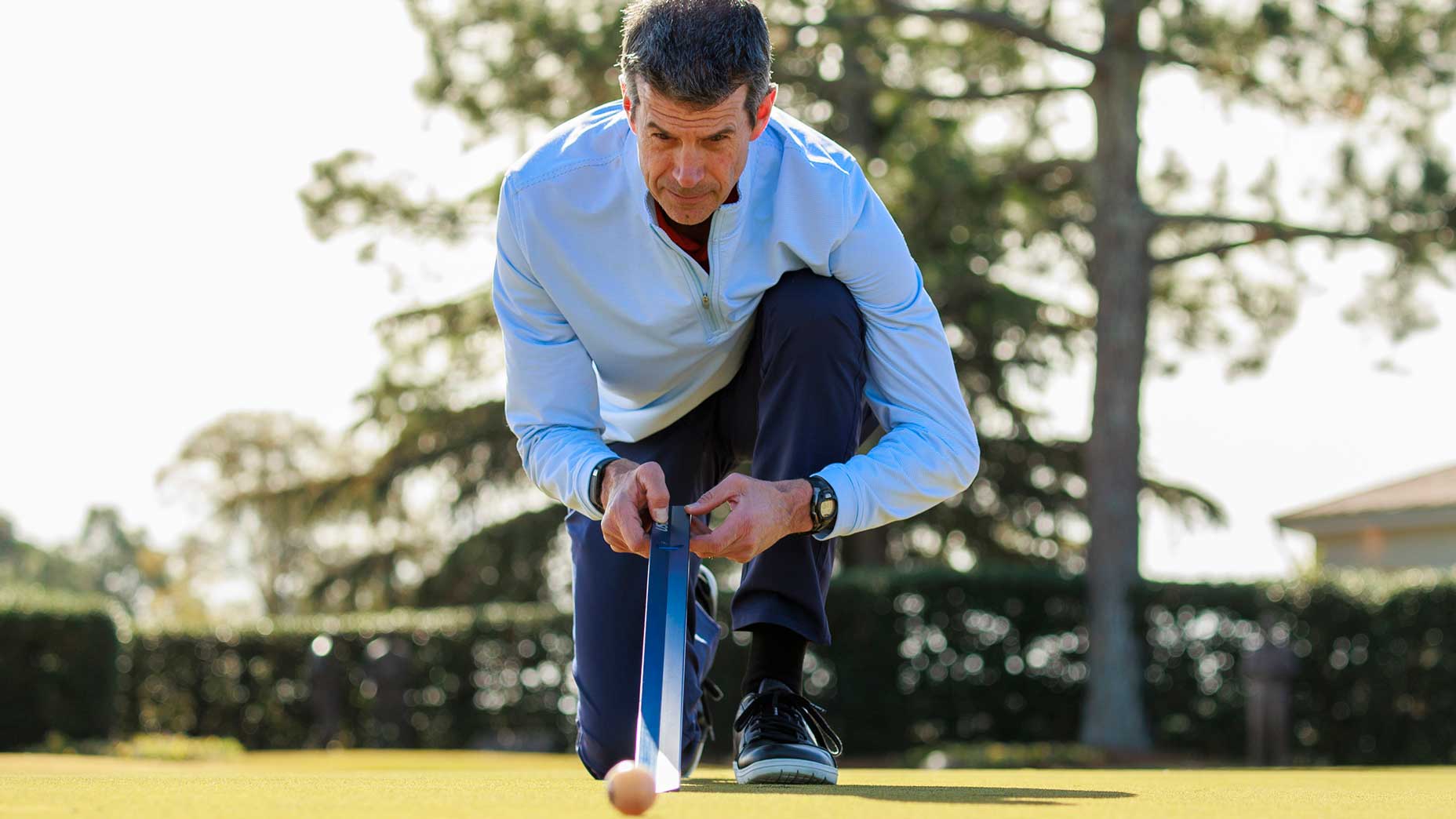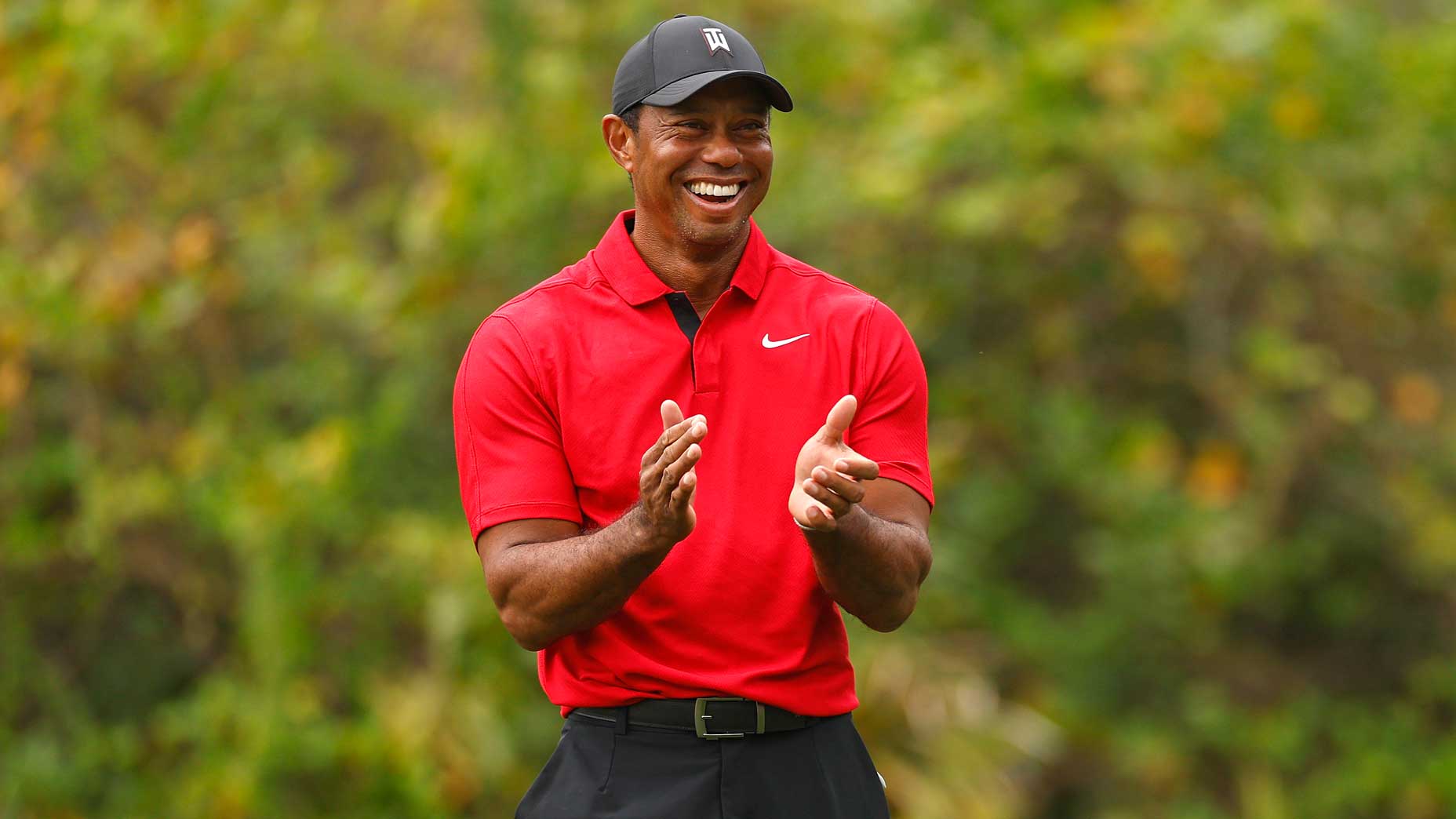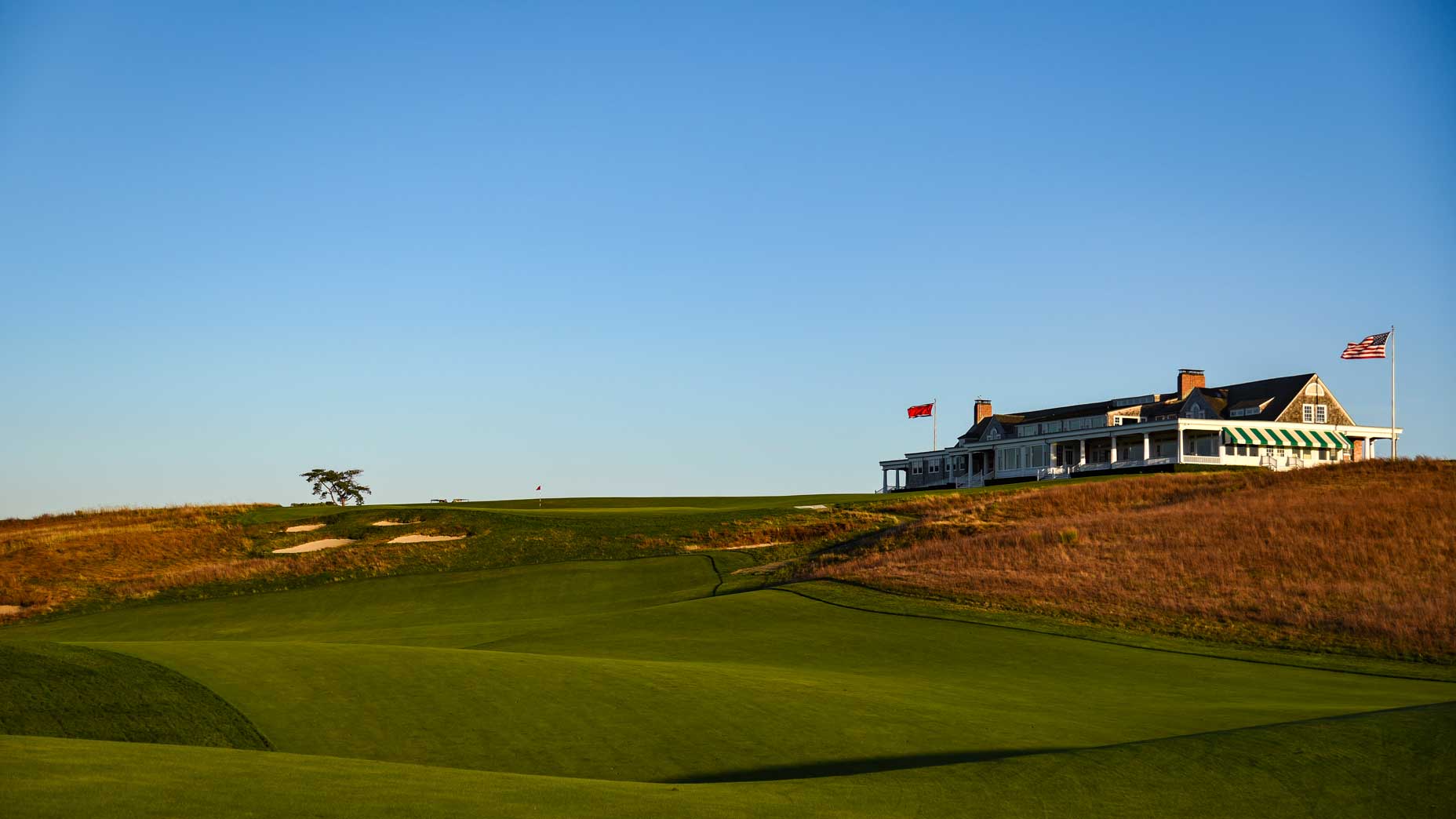How golf could get easier for some players with new equipment regulations
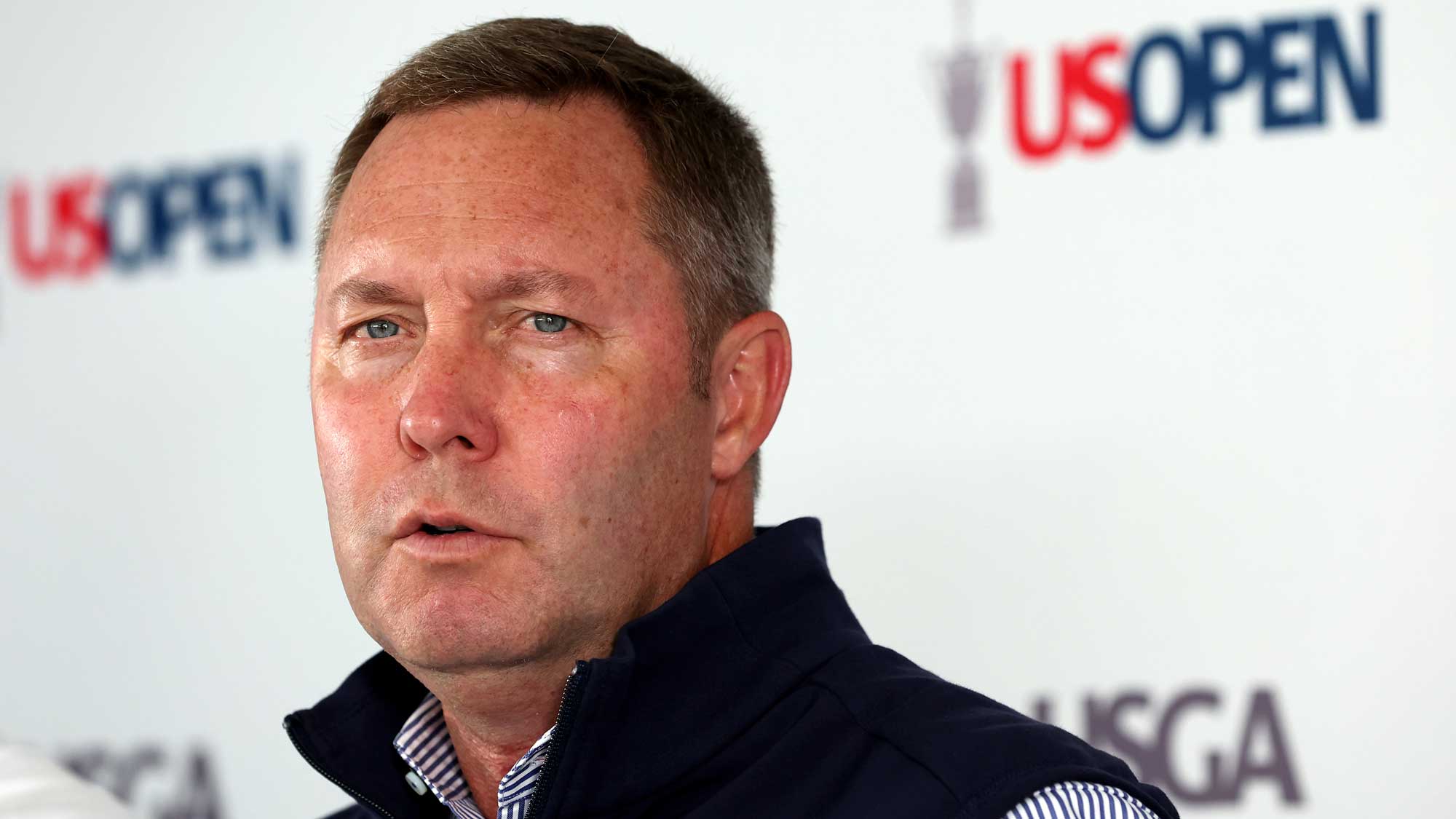
Mike Whan at the U.S. Open on Wednesday.
getty images
BROOKLINE, Mass. — It’s fitting that at The Country Club, one of the five founding partner clubs of the USGA, the conversation around the ongoing distance debate in professional golf came to the fore.
At the U.S. Open on Wednesday, USGA CEO Mike Whan addressed the self-described “slow and deliberate” process the organization has been going through to look at rule changes, and hinted at some interesting regulations that could impact the game at both the professional and amateur levels.
Here’s a closer look at what Whan said, and what it means:
Slowing down drivers for the pros
What Whan said: “…looking at a driver that might be something that we only have as a model local rule that would reduce how much spring effect is on the face and reduce some of the sizes of the sweet spot. Meaning, greater reward for center hits and greater disincentive, quite frankly, for missing the center of the club.”
What it means: Drivers are built for distance and one of the quickest ways to reduce that is to slow down the spring effect of the face. As the rule stands, the maximum driver head size is 460cc’s, and just like a backyard trampoline the bigger the surface area the face takes up, the higher potential for that face to flex and rebound.

If the USGA does create a local rule to limit driver size for professionals and elite amateurs, it would not only potentially slow down the face but also reduce the overall MOI — or Moment of Inertia, a measurement of forgiveness — which would reemphasize the importance of hitting the middle of the face.
The concern with that local rule from the USGA’s perspective is it applies only to professionals and elite amateurs and it would force equipment manufacturers to produce different heads specifically for these competitors. With that in the back of their minds, the governing bodies have also been looking at changing the testing protocols for balls.
Easier-to-hit golf balls
What Whan said: “We’ve actually talked about removing some of the other tests that have been in place for a long time. One is called initial velocity of a golf ball, and the other is the limitation on how big a sweet spot can be. We’re potentially analyzing removing those two tests, and the benefit of that is we think if we removed that, there’s a potential — not a guarantee, but a potential it’ll free up innovation space for the manufacturers to create a ball that would actually be better for low club speeds, be better beginners … but actually give the manufacturers a little bit of freedom.“
What it means: This is an interesting statement because it’s less about what he said, and more about what he didn’t. If the USGA removed the initial velocity test but did something else to limit aerodynamic efficiency, it would allow the manufacturers to produce a ball that is faster but slows down quicker at higher speeds.
Let me use a simplified supercar analogy. A car’s top speed is not a linear relationship to horsepower, so if it takes 500 horsepower to get a top speed of 180 mph, it could take twice as much again to get to 200 mph, because of wind resistance created at higher speeds.
So as Whan alluded to, this could create a scenario where players at high speeds see less benefit to a new ball than those at lower speeds who might not see any drop in distance performance — “potentially,” as Whan said.
Bigger sweet spots
What Whan said: “If we freed up a little more space in sweet spot, maybe we could create even more forgiving golf clubs. At the same time we are trying to address distance at the highest level, we also want to make sure we respect what’s happening in the retail side of this game and the recreation game and not only enjoy it, but potentially maybe even fuel it a bit.”
What it means: Sweet spot references MOI, which, again, is a quantifiable measurement of forgiveness. Higher MOI clubs offer a huge benefit to beginner and higher handicap golfers because the CoG (center of gravity) can be pushed way back in the head to help get the ball in the air easier.
Extremely high MOI is a great benefit for beginners and slower speeds but detrimental for players at higher speeds because it can create a lack of shot-shaping control that professionals desire. To use another car analogy, a club with an extreme and potentially unforeseen forgiveness level would be like putting traction control on a car built for a professional drifter/stunt driver — not helpful to highly skilled drivers.
Golf lives in an ever-evolving ecosystem, and just like the stymie was struck from the rules of golf in 1952, more equipment regulations are coming. For amateurs, they could make the game easier.

